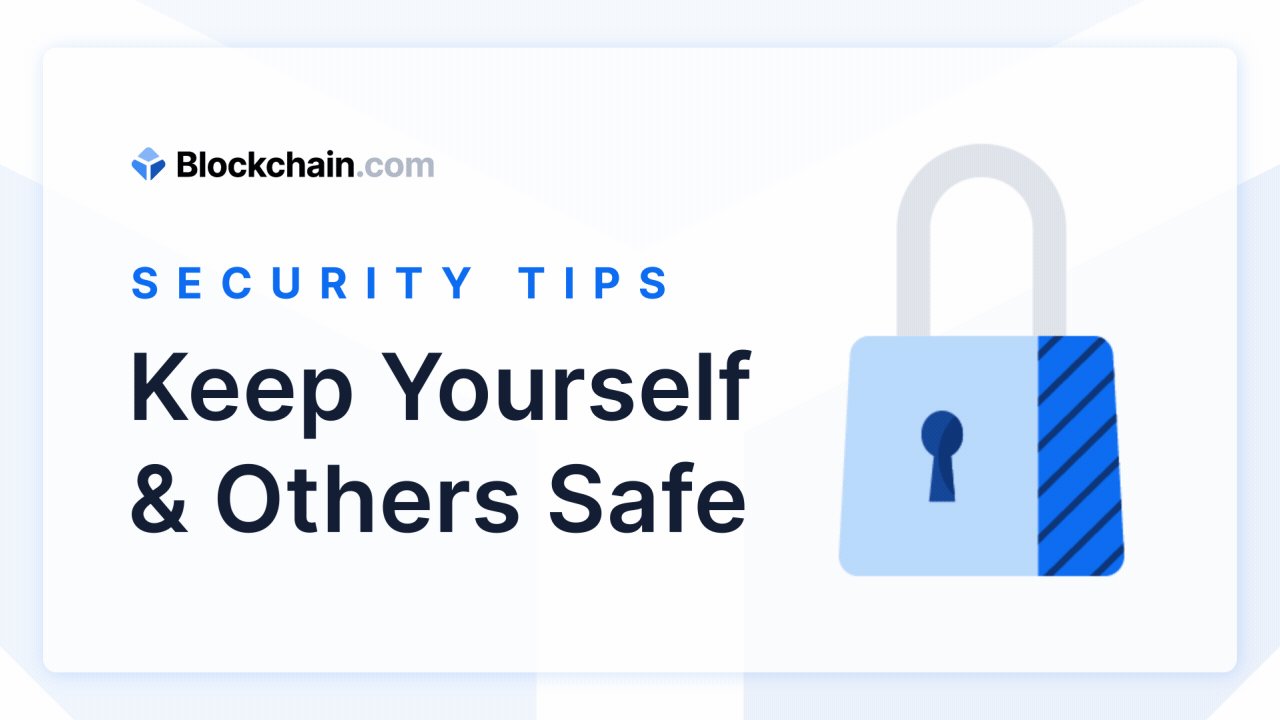
Security patches play a crucial role in safeguarding computer systems and networks from potential vulnerabilities. These updates, often released by software vendors, address known security issues and enhance the overall resilience of digital environments. In this article, we’ll delve into the significance of security patches and why timely application is essential for robust cybersecurity.
The Importance of Security Patches
Regularly updating software and systems with security patches is a fundamental practice in cybersecurity. These patches are designed to fix vulnerabilities that could be exploited by cybercriminals to gain unauthorized access, compromise data integrity, or launch malicious attacks. Neglecting to apply security patches leaves systems exposed to potential threats, making them susceptible to exploitation.
Vulnerabilities in Unpatched Systems
Unpatched systems are like open doors for cyber threats. Hackers actively seek out vulnerabilities in software, and if patches are not applied promptly, these vulnerabilities become easy targets. The longer a system goes without updates, the higher the risk of a security breach. Cybercriminals often exploit known vulnerabilities, counting on the fact that users and organizations may delay or overlook the importance of timely patching.
Zero-Day Exploits and the Race Against Time
Zero-day exploits pose a particular challenge in the realm of cybersecurity. These are attacks that target vulnerabilities on the same day they are discovered, leaving no time for vendors to release patches. However, security patches become even more critical in such scenarios, as they are the primary defense mechanism against known vulnerabilities. Timely application of patches is essential in minimizing the window of opportunity for attackers leveraging zero-day exploits.
Automated Patch Management Systems
To streamline the patching process, many organizations employ automated patch management systems. These tools help ensure that patches are applied consistently across all devices within a network. Automated systems reduce the likelihood of human error and help organizations stay on top of the constant stream of updates released by software vendors. This proactive approach to patch management enhances overall cybersecurity posture.
Challenges in Patching
While the importance of security patches is evident, organizations often face challenges in implementing effective patch management strategies. Factors such as compatibility issues, system downtime during patch installation, and the sheer volume of updates can pose obstacles. Despite these challenges, organizations must prioritize and overcome them to maintain a secure and resilient IT infrastructure.
The Role of IT Professionals in Patch Management
IT professionals play a crucial role in ensuring the successful implementation of security patches. Their responsibilities include monitoring for new patches, assessing their relevance to the organization, and coordinating the deployment process. Effective communication with end-users is also key, as it helps manage expectations and minimize disruptions during the patching process.
Security Patches: A Link to Enhanced Protection
In the ever-evolving landscape of cybersecurity, staying informed about the latest security patches is paramount. Organizations and individuals must regularly check for updates from software vendors and apply them promptly to mitigate potential risks. To access valuable resources and information about security patches, visit Security patches. This dedicated platform provides insights, guidelines, and


